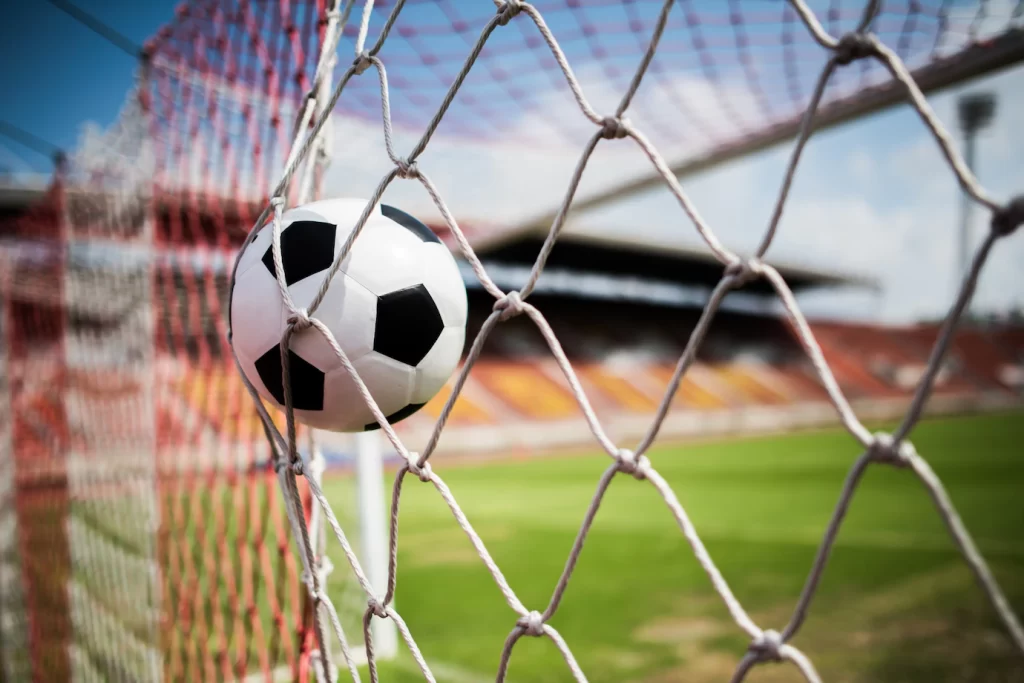
Whether you’re a football fan or just enjoy watching the occasional game, you’ve probably noticed all of the sponsors that are plastered all over the players, jerseys, and stadium. But do you know what they actually do? In this blog post, we’ll give you an overview of everything you need to know about sponsors in football. We’ll cover the different types of sponsorship deals, how they work, and why they’re important. So if you’re curious about this aspect of the sport, keep reading!
How does a sponsorship deal work in football?
There are two main types of sponsorship deals in football: cash sponsorships and in-kind sponsorships.
Cash sponsorships are the most common and involve a company paying a team or league a certain amount of money in exchange for advertising rights. This could be anything from having their logo on the team’s jerseys to having their name on the stadium. In return, the company gets exposure to a wide audience and can use the team’s popularity to sell more products or services.
In-kind sponsorships are less common and involve a company providing goods or services to a team or league in exchange for advertising rights. These sponsorships can supply the team with equipment or provide them with travel and accommodation during away games. In return, the company gets exposure to a wide audience and can use the team’s popularity to sell more products or services.
These sponsorships can be very beneficial for both the team and the company. The team gets much-needed financial support, while the company gets exposure to a wide audience.
But how do these deals actually work?
When a company wants to sponsor a team, they’ll first negotiate a deal with the team or league. This deal will specify the amount of money that the company will pay, as well as what type of exposure they will get in return.
Once the deal is agreed upon, the company will then make regular payments to the team or league. They can be made monthly, quarterly, or annually. The team or league will then use this money to cover expenses such as player salaries, travel costs, and equipment. Any leftover money will usually be reinvested back into the team or league.
Why are sponsorships important to teams and fans?
First of all, they provide a source of income for teams and leagues. Sponsorships are also essential because they help to build a team’s brand. Companies can increase brand awareness and sell more products or services as well.
Finally, sponsorships create a connection between the team and the community. By supporting the team, companies show that they’re invested in the community and care about its success.
This is why sponsorships are so important to both teams and fans. As we mentioned before, they’re a way to generate income, build a team’s brand, and connect with the community.
Are there any dangers associated with too much sponsorship?
The first danger is that it can create a conflict of interest between the team and the sponsors. For example, if a team is sponsored by a company that sells alcohol, the team may be pressured to promote drinking among its fans.
Too much sponsorship can lead to a decline in the quality of football. The reason is that teams may be more focused on making money from sponsorships than on winning games.
The third danger is that it can create a divide between the fans and the team. Fans may feel that the team is more interested in making money from sponsorships than in winning games.
What do you think about sponsorships in football? Do you think they’re a good thing or a bad thing? Let us know in the comments below; we’d love to hear your thoughts on this topic! And be sure to stay tuned for our next blog post.


